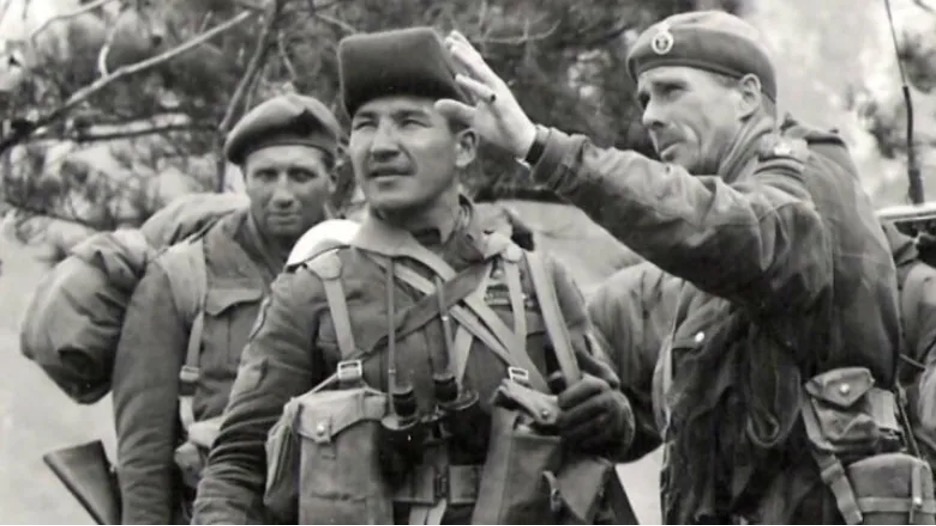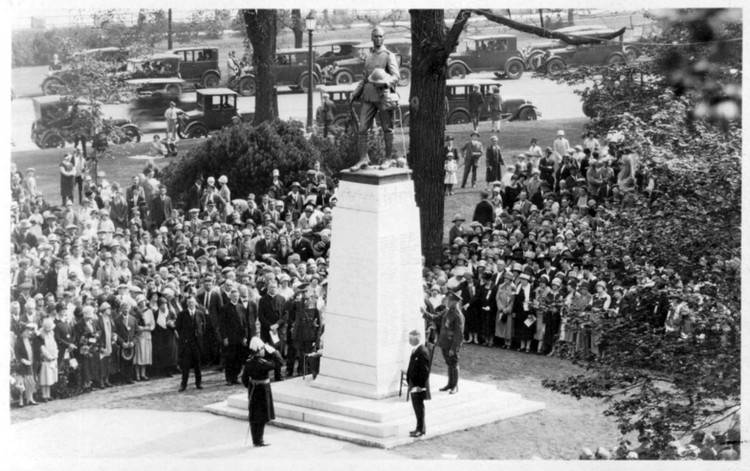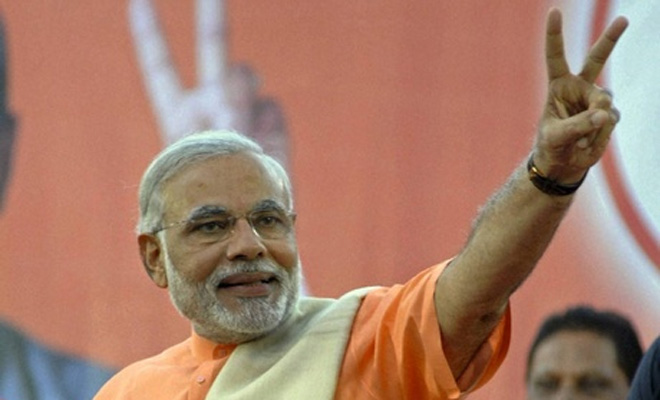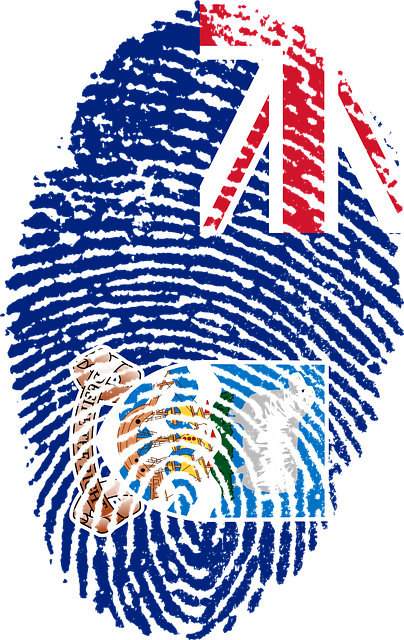On July 26, 2021, Mary Simon was installed as the 30th Governor General of Canada (GG), becoming the first Indigenous person to ever serve in what is Canada’s oldest public office. A prominent diplomat and advocate for Inuit rights, Simon’s installation marks a historic moment, particularly as Canada endeavors to foster reconciliation between its First Nations and non-Indigenous peoples. In addition to acting as the Queen’s representative, Simon acts as the Commander-in-Chief of the Canadian Armed Forces (CAF). In accepting the role as GG, Simon brings new representation to Indigenous peoples’ extraordinary, yet often unacknowledged, centuries-old history of fighting for and defending Canada.
Indigenous peoples’ involvement in defending Canada predates Confederation. In the War of 1812, First Nations and Métis peoples fought alongside the British to defeat the American conquest of Canada. Although both the British and the Americans were colonial forces, most First Nations strategically formed alliances with Great Britain to not only fulfill their common goal of resisting American expansion but also because many saw the British “as the lesser of two colonial evils” who were more likely to maintain their traditional territories. The Western Confederacy—a pan-tribal alliance and government led by Shawnee Chief Tecumseh and his brother Tenskwatawa (the Prophet)—played a crucial role in protecting Upper and Lower Canada from American expansion during the war. Particularly, Chief Tecumseh became an ally to Major-General Sir Isaac Brock, the commander of Britain’s forces during the Capture of Detroit on August 13, 1812. Tecumseh led 600 Indigenous warriors, alongside General Brock and his British soldiers, in an advance onto Detroit, resulting in the surrender of 2,000 American soldiers to British and Indigenous military command. By the end of the war, an estimated 10,000 Indigenous warriors and civilians had died, including Chief Tecumseh in the Battle of Thames in 1813. In 1814, the Treaty of Ghent promised to return “all possessions, rights and privileges,” to Indigenous peoples, including the return of all traditional territory. Despite the ultimate sacrifices and contributions that Indigenous peoples made, no treaty promises to Indigenous peoples were fulfilled and no territory was returned.
Over one hundred years later, Indigenous peoples once again valiantly fought to defend Canada despite still not having Canadian citizenship. Exempt from conscription and even discouraged from enlisting during World War One, over 4,000 Indigenous people still chose to serve in various capacities. Motivations for Indigenous peoples to enlist were complex and personal. While many Indigenous peoples opposed serving overseas and representing the colonial government, others served for their own unique reasons, including to escape colonial constraints and reclaim their warrior heritage. On reserves, most pathways for men to gain warrior status were banned, including inter-tribal warfare and horse raiding. As such, fighting in the Great War appeared to be a new avenue for Indigenous men to achieve warrior status in their communities[JMJD1] .
On the Homefront and overseas, both Indigenous women and men provided critical support to the war effort. In Canada, organizations led by Indigenous women such as the Six Nations Women’s Patriotic League (SNWPL) contributed by sending knitted socks, sweaters, bandages, food, and money overseas. On the battlefield, many Indigenous men served as reconnaissance scouts or snipers, some of the most perilous roles in the military. One of the most famous snipers of the entire Canadian Corps, Henry Louis Norwest, a Métis from Alberta, was awarded the Military Medal and bar for his courage in the line of fire.
During the Second World War, over 3,000 First Nations members and an unknown number of Inuit, Métis, and other Indigenous recruits served in uniform. Indigenous peoples once again served in the hazardous roles of scouts and snipers, including one of Canada’s most decorated soldiers, Sargent Tommy Prince. During this time, Sgt. Prince served in numerous divisions of the Canadian military, such as the Royal Canadian Engineers, before beginning training with what would soon become known as the American-Canadian 1st Special Service Force, or, the Devil’s Brigade. In this elite commando unit, Srgt. Prince played an essential role in spying on German forces and scouting enemy encampment areas. Beyond the battlefield, Indigenous recruits also served in unique elite forces, such as the Cree Code Talkers. In this unit, Code Talkers such as Charles “Checker” Marvin Tomkins translated English messages from Allied forces into Cree, allowing critical intelligence and information to be disguised from the enemy and saving countless lives in the process. Tomkins also taught non-Indigenous members in the unit how to speak Cree, including using Cree nature terminology to describe spitfire jets and other aircraft. Ultimately, the sacrifices made by Indigenous peoples on the Homefront and the service of innumerable individuals such as Srgt. Prince and Charles Tomkins, helped pave the road towards the Allied victory in 1945.
Indigenous women and men continue to dedicate their lives in service to the CAF. Between 1812 and now, over 12,000 Indigenous people have served in the CAF and peacekeeping operations, including over 2,700 individuals currently serving. However, colonial history, systemic racism and discriminatory abuse within the CAF continue to deter many Indigenous peoples from enlisting. In recent decades, as part of Canada’s reconciliation with Indigenous peoples, efforts have been made country-wide to finally recognize the contributions and sacrifices made by Indigenous veterans. In 1994, Indigenous Veterans Day was founded and was followed by the establishment of the first-ever National Aboriginal Veterans Monument in 2001. In 2020, the Department of National Defence and the CAF launched an Advisory Panel to address and raise awareness of the systemic discrimination that marginalized persons, particularly Indigenous peoples, face in all ranks and departments of the Canadian military.
In her installment speech, Governor General Mary Simon stated, “Since the publication of the Truth and Reconciliation report six years ago, we have learned as a country that we need to learn the real history of Canada.” Indeed, within the Truth and Reconciliation Commission’s 94 Calls to Action, call #79 asks for the Canadian Government to work with Indigenous peoples to “develop a reconciliation framework for Canadian heritage and commemoration” that includes the significant impact Indigenous peoples have had in Canadian history. In line with this call to action, learning about and honouring the historic and contemporary sacrifices that Indigenous people have made for this country is an important step towards achieving meaningful reconciliation. And, for the first time in the nation’s history, there is an Indigenous Commander-in-Chief to lead the way.
Disclaimer: Any views or opinions expressed in articles are solely those of the authors and do not necessarily represent the views of the NATO Association of Canada.
Photo: Maj. G.A. Flint, Company Commander of the 2nd Battalion, Princess Patricia Canadian Light Infantry, points out the next objective and briefs his officers and non-commissioned officers, including Sgt. Tommy Prince (centre left), on the plan of attack (1951 Korean War). Picture by Bill Olsen via Library and Archives Canada — PA-114890




